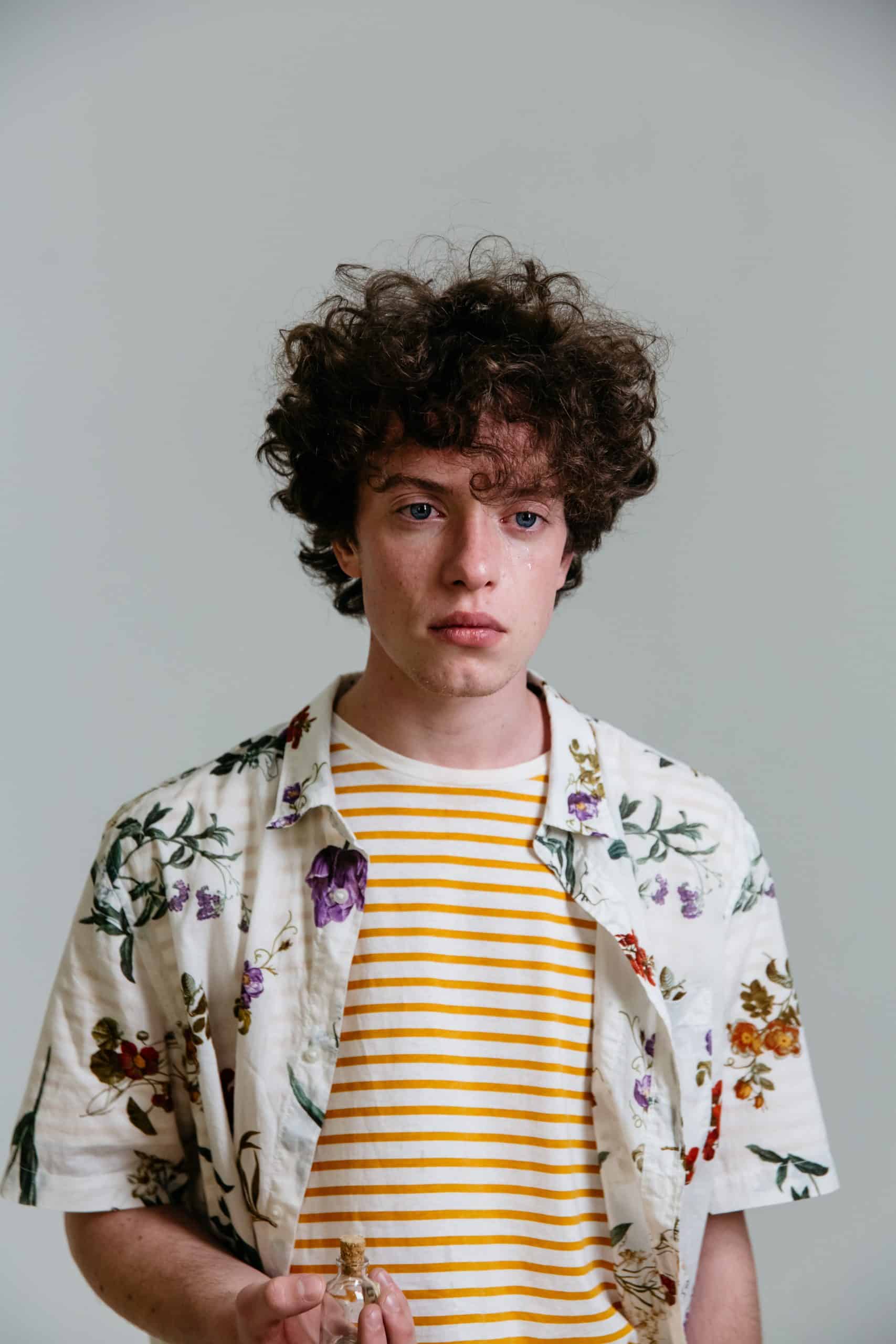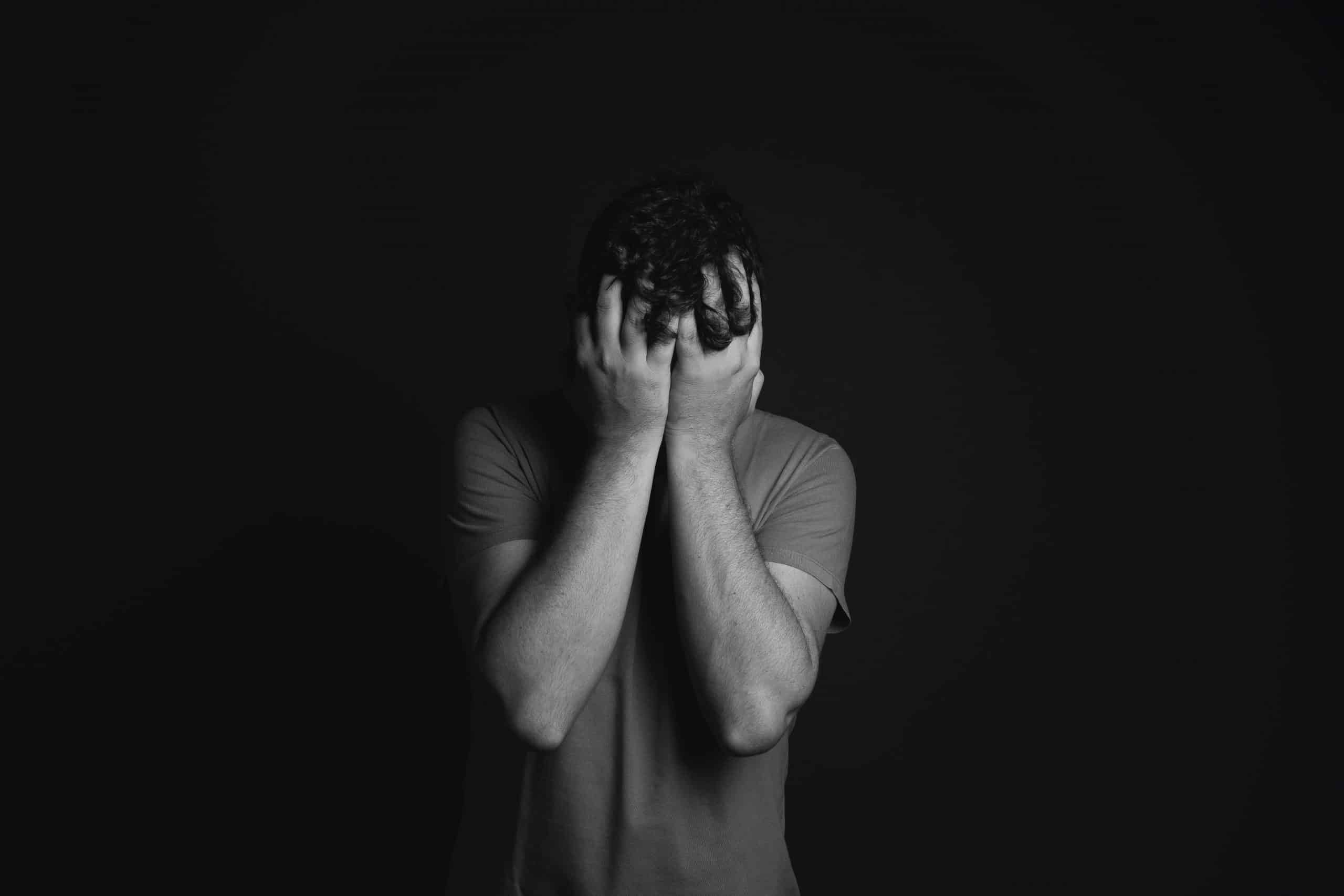Over a quarter of people within the United States of America will develop an anxiety disorder at some point during their lifetime. It is well established within the medical and scientific world that exposure-based behaviour therapies are an incredibly effective treatment for many mental health disorders. Unfortunately, only a few individuals will seek help, and even fewer will be treated with a form of exposure therapy.
Exposure therapy is a type of psychological behaviour treatment designed to help individuals who suffer from problematic fear, severe anxiety and phobia disorders. By using various techniques by a trained therapist, the individual will gradually be exposed to multiple situations or stimulus that will trigger immense feelings of fear, anxiety or panic.
During an exposure therapy session, individuals will mentally and physically be placed into a safe environment to learn how to reduce anxiety within daily activities, decrease avoidance in situations that once caused a concern or panic attack, and improve the individual’s quality of life and mental health for the long term.
Depending on the therapist’s way of working, and the severity of the individual’s disorder, various exposure types would be used. For example, the therapist may use the art of talking therapy; this will encourage the individual to relive traumatic events.
Who can benefit from exposure therapy?
Exposure therapy has been medically demonstrated to be an effective form of treatment for a range of disorders, including:
- Panic disorders
- OCD (Obsessive-compulsive disorder)
- Panic attacks
- PTSD
- Social anxiety disorder
- Phobias
As stated, various behaviour therapies and a range of techniques can be used. Working with your psychologist will determine the best cause of action and ensure the best strategy is in place for your disorder.
The practice of exposure therapy
Exposure therapy is never carried out the same way twice, depending on the nature of the individual’s fear, and their goals for treatment will ultimately determine the strategy.
Exposure therapy will only be an effective treatment if the patient can be completely relaxed while in the presence of their phobia stimuli. One of the first treatments performed was the progressive muscle relaxation technique, used as the primary anxiety inhibiting procure. Many therapists within 1938 believed that this technique could be used almost anytime through the day and within various circumstances, both inside and outside the therapist’s office.
A highly involved therapist at the time, Joseph Wolpe also recognised that the use of imagination, rather than actual exposure to feared stimuli expanded the range of phobia stimuli that could be addressed by the therapy session. Through repeated traumatic exposures, patients would gradually learn how to keep their anxiety from overwhelming them, and their panic attacks began to decrease significantly.
Various types of exposure therapy
Exposure therapists will conduct various assessments to determine the type of therapy that will prove most useful. The first type of exposure type is:
Imaginal Exposure:
During this session, the patient will be asked to mentally imagine and confront several situations or images that cause them the most fear. Imaginal exposure is commonly used when it is not safe or possible for the patient to face their feared situation directly.
In Vivo Exposure:
Therapists will be exposing the patient to the real-life related scenario, object or activity. For example, if an individual fears the loud explosions associated with firework, the therapist will encourage the patient to listen to loud noises while assessing their physical and mental responses.
Virtual Reality Exposure:
The process of combining elements from both Vivo and imaginal exposure. The patient may be placed in a situation that may appear to them as real, but several factors will be fabricated.
Interoceptive Exposure:
Interoceptive exposure therapy will focus on encouraging a physical response from the patient that would be associated with their mindset when experiencing distress, an uncomfortable situation or panic. As an example, if an individual were to have a social anxiety disorder, they would associate physical sensations such as:
- Profuse sweating
- Rapid heartbeat
With the fear of danger from being in a situation, they believe they cannot escape.
Within this therapy session, the therapist may decide to ask an individual to start jogging on the spot in a safe environment. This physical activity would create the same sensations as the individual would feel when they mentally feel trapped.
Summary
Exposure based therapy can be a fantastic and highly effective treatment opportunity to help a range of mental health issues, such as anxiety, OCD, panic disorder, social anxiety disorder and more. This type of treatment should always be considered the first option for individuals; however, these treatments are severely underutilized.
Here as Shoreline Recovery Center, our medical professionals are here to help you take the first steps to a life of recovery no matter your disorder’s severity. We will work through it together.




